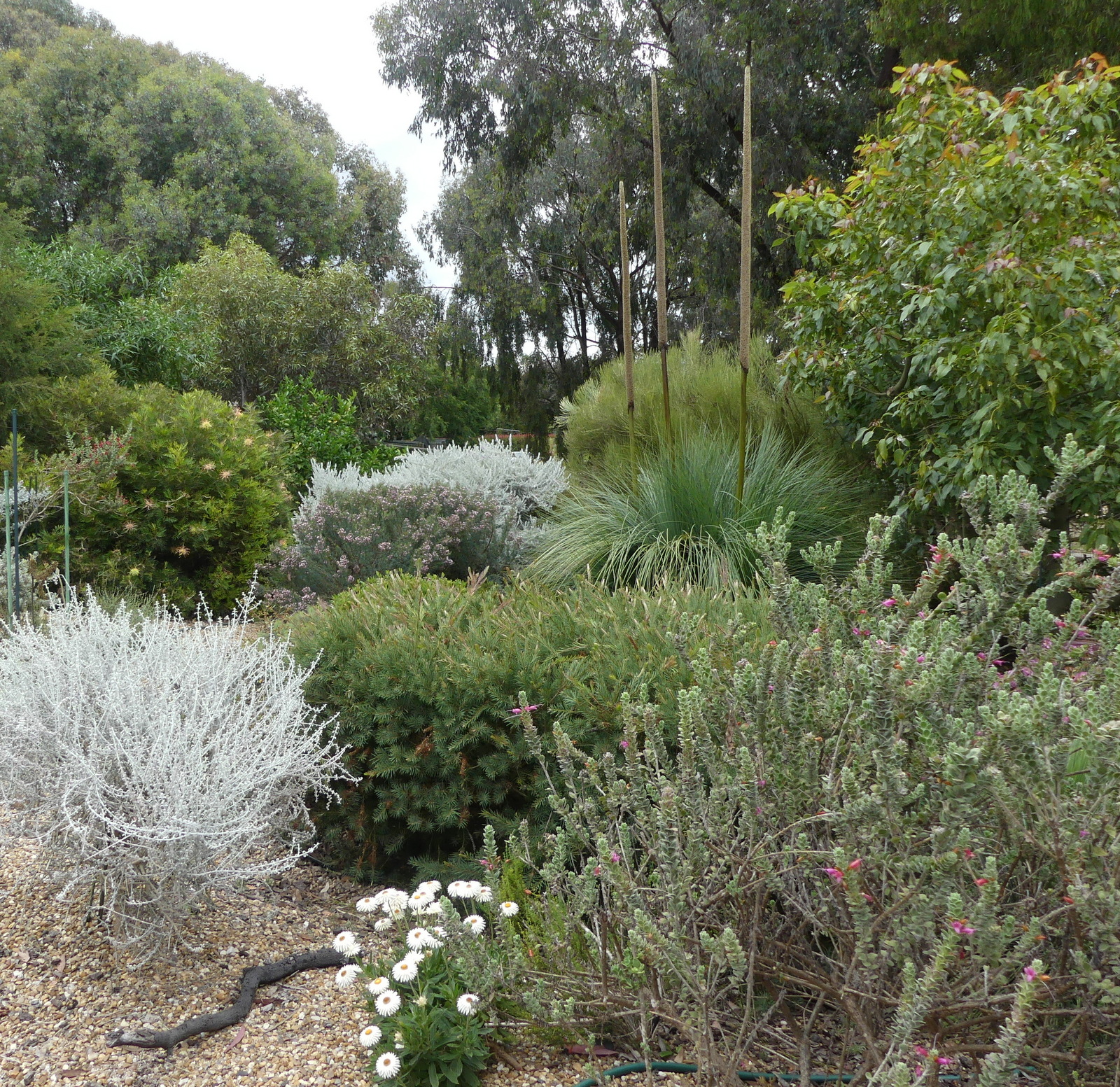By Jonathon Howard
The bird communities you find urban settings are significantly different to those in natural areas, small birds such as fairy wrens and spinebills are much less common, while larger aggressive birds such as the noisy miners and magpies dominate. Yet it is these smaller species that we derive much joy from.
No amount of remediation will be able to exactly re-create a natural ecosystem, but recently I have had my eyes opened to something that I have been overlooking for years: structure.
My yard used to be a typical ‘garden’. It had lawns that required mowing and watering and a few scattered trees and shrubs. A few years ago, one of the trees next to my house died. It was quite a loss. Gliders would visit the tree at night and at times I could lie in bed and watch them scamper up and down the tree in the moonlight.
I removed the dead tree and needed to fill up the space. I thought a few native nectar bearing cultivars would do the trick. I went about replacing the space with hairpin banksias, geebungs, and some darwinias.
Then covid hit. I was required to work from home. So, I sent up a home office in a room where the window looks out at that garden. It meant I could now look at my garden while I worked. As these new plants flourished, I noticed the birds came back. I began to be able to watch honeyeaters, spinebills, thornbills, fairy wrens, and the whistlers all from the window in my home office. Indeed, some of them came knocking: attacking their reflection in the window.
I then released that it wasn’t nectar bearing cultivars that were critical in attracting a variety of birds. It was that the plants I now had in the garden had created structure: a dense understory of vegetation of varying heights.
The small birds used the vegetation less than a metre height for shelter and foraging in the leaf litter. The geebungs and tea trees, which grew to 2 metres, where visited by mixed flocks of birds looking for insects. I had- without purpose or intent- replicated what these birds find in the woodlands.
I still get the other large birds visiting my garden, but now the small birds have somewhere to hide. And the songs they sing appeal to me more than any rock and roll concert.
I mentioned my ‘discovery’ to a friend of mine who works for Albury Council and she directed me to the recently published ‘Albury Wodonga Garden Guide’. It is available for free at Albury and Wodonga Council offices and is also available online (https://wodongalandcare.org.au/aw-garden-guide/). It explains how creating structural diversity in your garden – lots of plants and lots of different layers – can create a home for wildlife. Over winter, the best time to buy and plant tube stock that will flourish, I headed back to the nursery to see what else I can do make my place a better home for wildlife.

Note: Image is of Glenda & Bernie Datson’s Baranduda garden.
